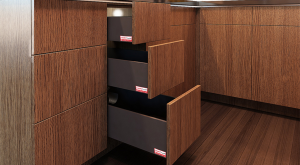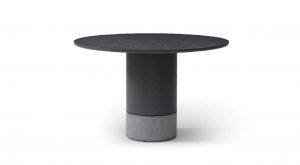Featured Post
DIY Fixes for Recliner Troubles: Save Your Favorite Chair
Recliners bring comfort and relaxation to any home, but they’re not immune to wear and tear. Over time, you might notice a stuck mechanism, squeaky springs, or torn fabric. Instead of replacing your beloved chair or hiring a pro, try these DIY fixes for recliner troubles. This guide offers practical steps to restore your furniture and save money.
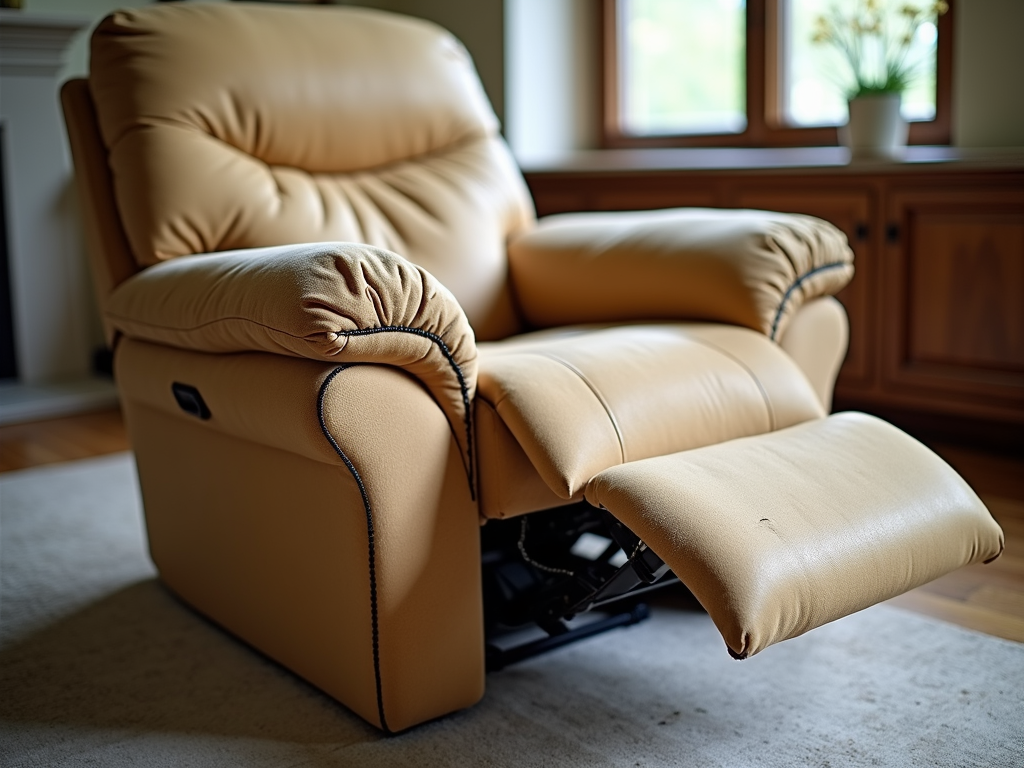
Recliners can face a variety of issues. Here are the most common ones you might encounter:
- Stuck Mechanism: It won’t recline or return upright easily.
- Squeaky Noises: Loud creaks during movement.
- Torn Upholstery: Rips or stains on the surface.
- Footrest Trouble: It won’t stay up or moves stiffly.
- Wobbly Frame: The chair feels unstable.
Let’s dive into how to fix these problems yourself.
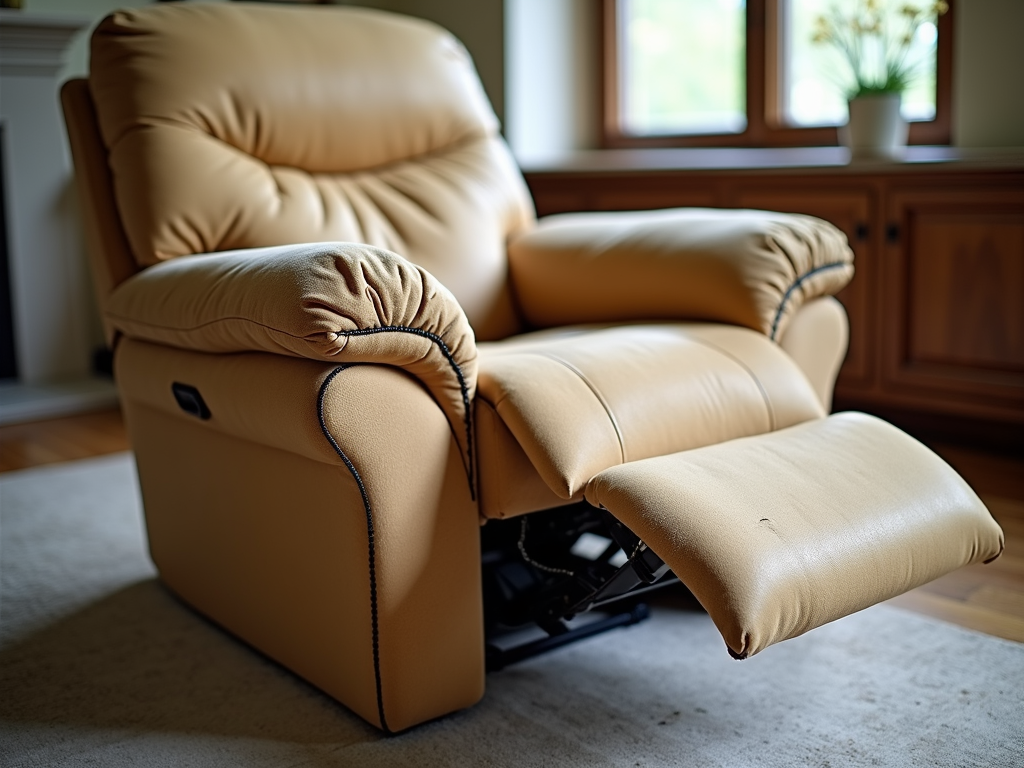
Fix 1: Freeing a Stuck Recliner
A stuck recliner can ruin your relaxation time. I once had a chair that wouldn’t budge, and here’s how I fixed it:
- Check the Lever: Look at the handle. If it’s bent, gently straighten it or replace it.
- Examine the Cable: Flip the chair and find the cable linking the lever to the mechanism. Reattach it if it’s loose.
- Lubricate: Spray silicone lubricant on the moving parts.
- Clear Debris: Remove anything blocking the mechanism.
- Test It: Try reclining again.
If it’s an electric recliner, unplug it first for safety.
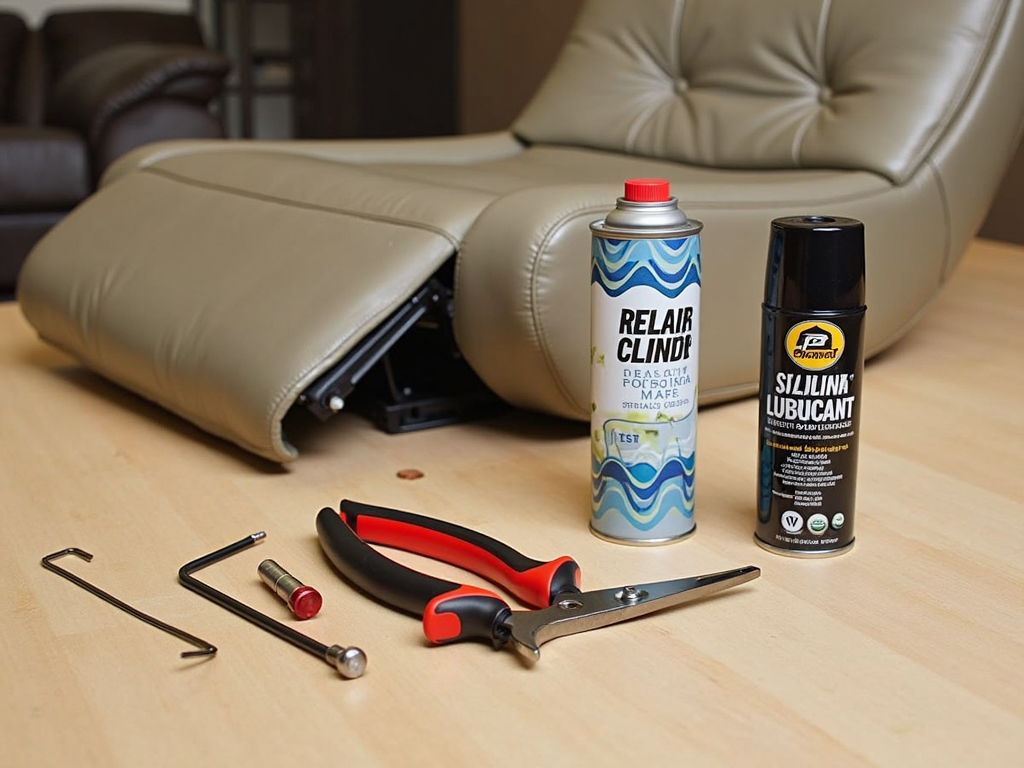
Fix 2: Stopping Squeaky Noises
Squeaks can turn your quiet evening into a noisy ordeal. Here’s how to silence them:
- Locate the Noise: Recline slowly and listen. Springs or hinges are often the culprits.
- Apply Lubricant: Use WD-40 or silicone spray on the noisy spots. Wipe off excess to avoid dust buildup.
- Tighten Screws: Grab a screwdriver and secure any loose bolts.
- Inspect Parts: Replace anything too worn out.
- Test Again: Move the chair to confirm the fix.
A quick spray every few months keeps squeaks away.
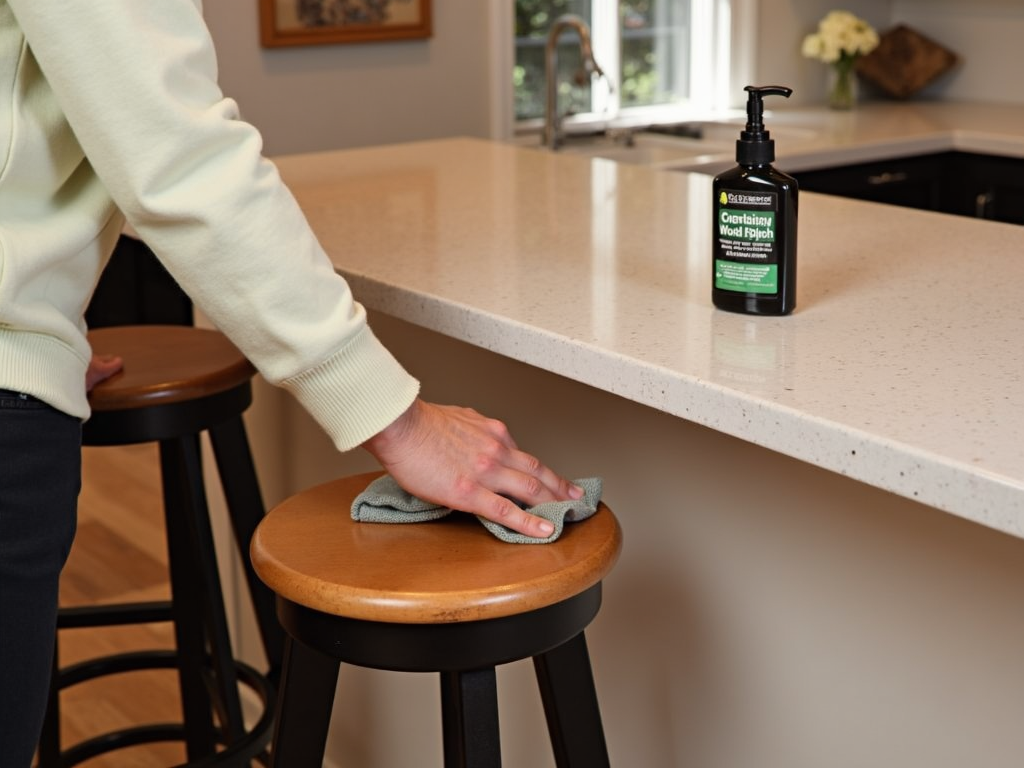
Fix 3: Mending Upholstery Damage
Torn or stained upholstery can make your recliner an eyesore. I patched a rip on my chair with these steps:
- Clean Stains: Mix mild soap with water for fabric, or use leather cleaner for leather. Test a small spot first.
- Patch Tears: Buy a repair kit matching your material. Follow its instructions to seal the rip.
- Consider Reupholstering: For big damage, new fabric might be worth it.
- Protect It: Add covers to high-wear areas.
Patience makes the repair look seamless.

Fix 4: Repairing a Faulty Footrest
A footrest that won’t cooperate can be annoying. Here’s how to get it working:
- Inspect It: Look for bent or broken pieces under the chair.
- Adjust Tension: Find screws near the footrest and tweak them for smoother movement.
- Lubricate Joints: Spray lubricant on the hinges.
- Test and Tweak: Extend the footrest and adjust until it feels right.
If it’s still off, a replacement part might be needed.
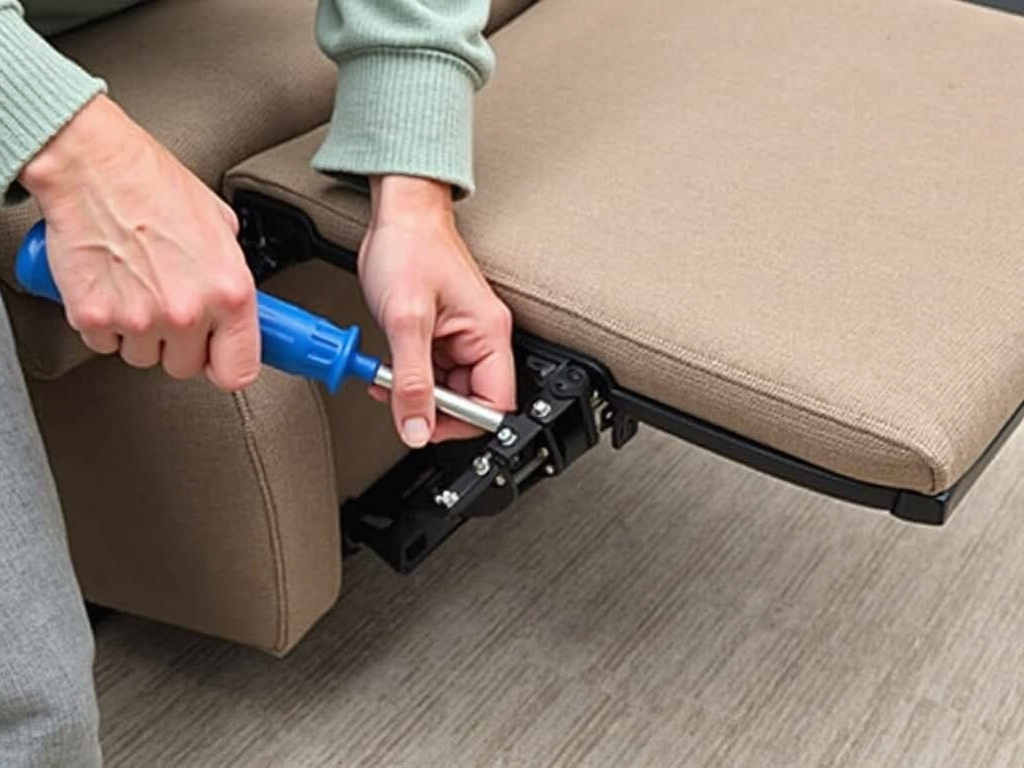
Fix 5: Steadying a Wobbly Frame
A shaky recliner isn’t safe or comfy. Here’s how to stabilize it:
- Check Screws: Tighten every bolt you see with a wrench or screwdriver.
- Strengthen Joints: Add wood glue or metal brackets to weak spots.
- Examine the Base: Ensure it’s level and secure.
- Sit and Test: Confirm it’s steady now.
Check screws monthly to keep it solid.

Preventive Tips for Recliner Care
Good recliner furniture maintenance and cleaning tips can stop problems before they start:
- Vacuum Often: Remove dust that wears down fabric and parts.
- Lubricate Regularly: A quick spray every six months keeps things smooth.
- Tighten Bolts: Check them every few months.
- Don’t Overload: Stick to the weight limit.
These habits extend your recliner’s life.

Safety First
DIY fixes for recliner troubles are rewarding, but stay safe:
- Unplug electric models before starting.
- Use the right tools for each task.
- Wear gloves and safety glasses.
- Work in good light.
- Get help for heavy lifting.
Safety ensures you enjoy the results.

Fixing your recliner yourself is easier than you think. These DIY fixes for recliner troubles tackle stuck parts, noisy springs, damaged fabric, tricky footrests, and wobbly frames. With some time and care, you can keep your furniture in great shape. Try these tips and enjoy your chair for years.







